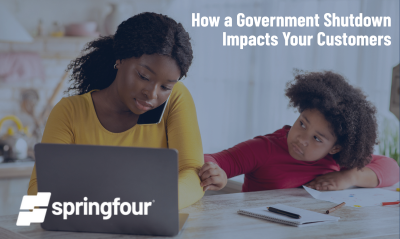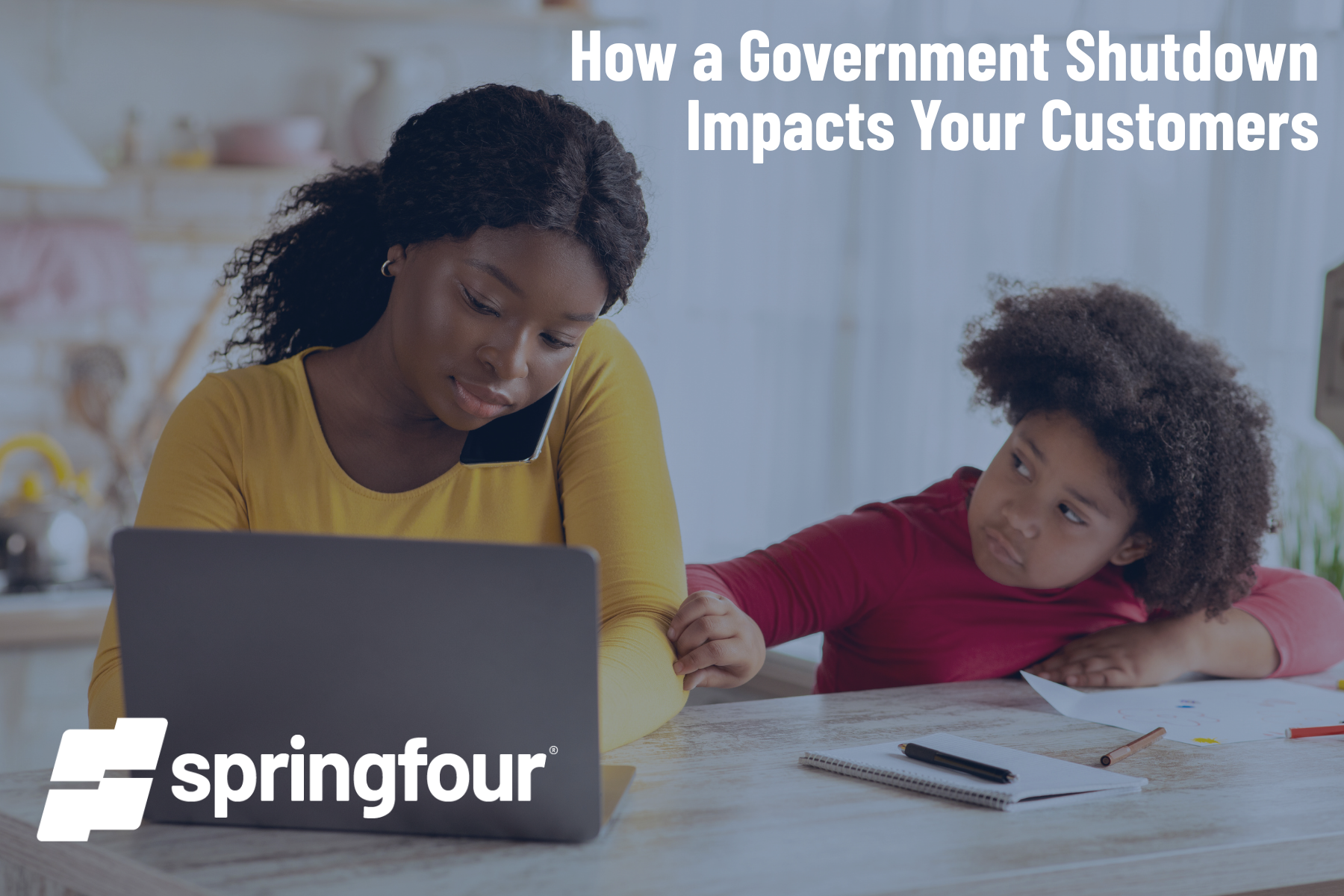
How a Government Shutdown Impacts Your Customers

How a Government Shutdown Impacts Your Customers
Government shutdowns impact millions of federal workers, military families, and households that rely on federal programs. The Financial Health Network’s 2025 Financial Health Pulse data found that 25% of government workers (local, state, and federal) have less than a month of living expenses saved. Without paychecks and benefits, many will struggle to cover bills, rent, and food, in addition to loan repayments.
The 2018-2019 government shutdown was the longest in U.S. history, lasting 35 days and costing the economy an estimated $11 billion, with $3 billion of that permanently lost. Delayed federal permits and reduced access to government loans prompted companies to postpone investment and hiring decisions. Government contractors did not receive back pay after the government reopened, and they are not guaranteed back pay after this shutdown, either.
These examples demonstrate why a government shutdown creates uncertainty and impacts not only federal employees, but everyone — consumers and businesses alike.
The Impacts of Government Shutdowns
While the government is shut down, hundreds of thousands of federal employees and active-duty military are furloughed, required to work without pay, or will not receive paychecks until the government reopens. Roughly two-thirds of the total federal payroll is currently affected by the U.S. government shutdown. Approximately 47% of the directly impacted workforce are required to work without pay, while 53% are furloughed and not working at all; both groups are not being paid during the shutdown period. Small businesses and vendors serving federal workers will see reduced demand and profits.
System slowdowns and agency closures may prevent timely support, especially for low-income families, veterans, and individuals with disabilities. If unemployment insurance is available to furloughed federal workers, it may need to be repaid after the shutdown ends.
Missed paychecks can create immediate financial hardship, impacting the ability of federal workers, contractors, and many others to pay for essentials such as rent, groceries, and utilities, as well as loan repayments. During most previous shutdowns, consumer expenditures have remained flat or only slightly reduced — often around a 0.3% decrease during prolonged periods. However, the impacts of financial distress and its domino effect can linger, amplifying uncertainty and influencing financial decisions beyond the duration of the actual shutdown.
Supporting Customers During a Government Shutdown
Fortunately, there are still resources available for Americans relying on financial assistance — and banks, lenders, and financial organizations that connect their customers with such resources build customer trust and loyalty while also continuing to drive repayment rates.
With more than 25,000 vetted, local financial health resources that can make a difference for consumers, our solutions connect people in real time to trusted help.
Our Resource Integrity Team is continuously reviewing the nonprofit and government resources available through SpringFour to ensure they’re up-to-date. We will continue providing the most relevant resources, even as circumstances change during and after the government shutdown.
With the government shutdown, your customers will need your support and look to you for guidance.
Organizations already using SpringFour are well-positioned to offer best-in-class resources that address their customers’ needs and should continue directing customers to SpringFour’s vetted, up-to-date resources for financial assistance. We urge you to update your messaging to continue reminding customers that SpringFour is available to assist during what may be a time of increased need for many of them.
If you’re not yet using SpringFour, our team is ready to help you deliver financial health resources that can make a difference for you and your customers.
Awards and Recognition























Recent Comments